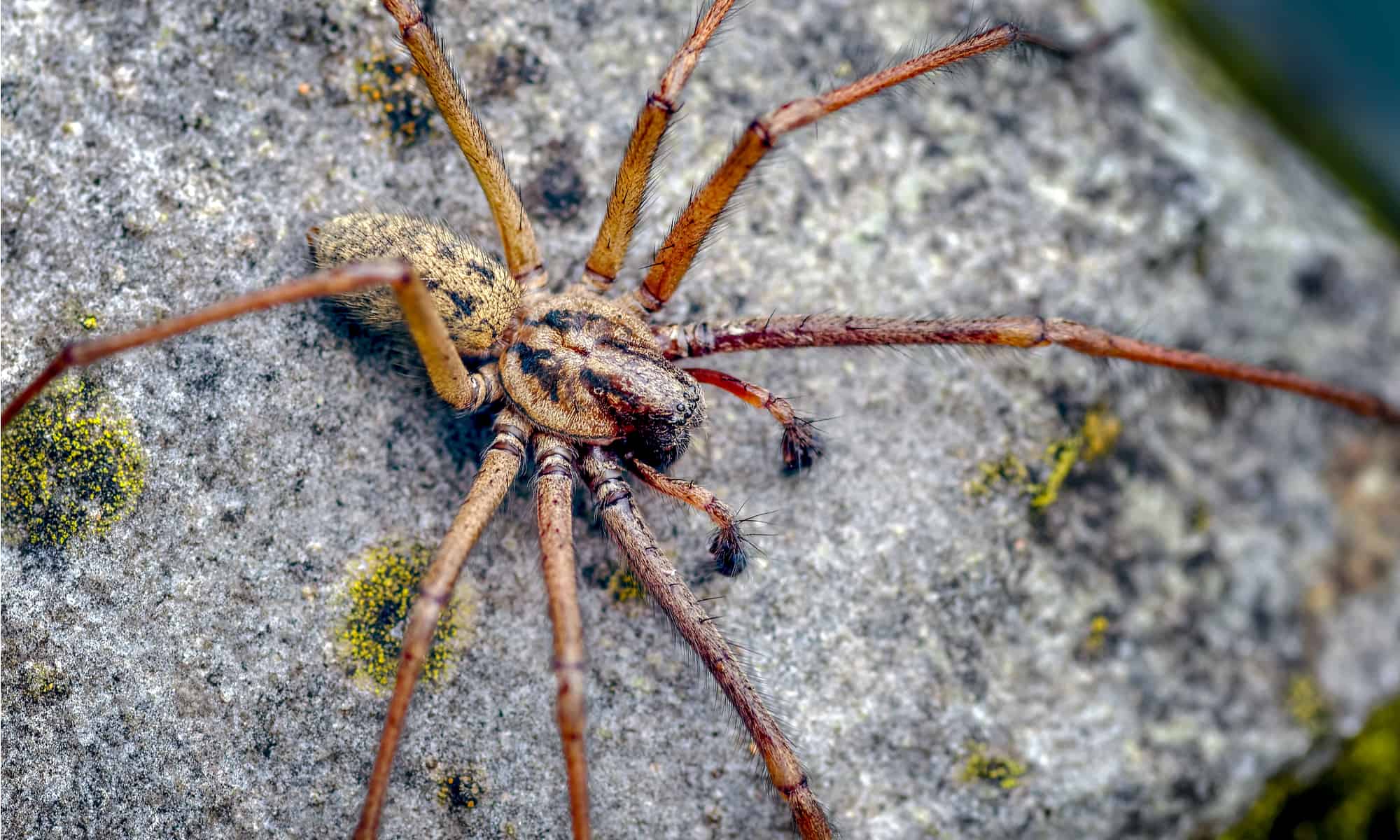
The Giant House Spider, also known as Tegenaria gigantea, is a fascinating creature that often finds its way into our homes. Despite its intimidating name, this spider poses no significant threat to humans and is actually quite beneficial, as it feeds on other pesky insects like flies and mosquitoes. With their unique appearance and intriguing behaviors, Giant House Spiders have caught the attention of researchers and spider enthusiasts alike. In this article, we will delve into 12 fascinating facts about these spiders, shedding light on their habits, habitat, and surprising abilities. So, join us on this arachnid adventure as we explore the world of the Giant House Spider!
Key Takeaways:
- Giant House Spiders are harmless to humans and help control pests in homes by catching flies and mosquitoes, making them beneficial housemates.
- These spiders have impressive hunting skills, exceptional eyesight, and can survive for months without food, showcasing their remarkable adaptations for indoor living.
The Giant House Spider is not as dangerous as it looks
Despite its intimidating appearance, the Giant House Spider (scientific name Eratigena atrica) is actually harmless to humans. While it may evoke fear due to its large size and long legs, it is not venomous and poses no threat to humans.
These spiders are commonly found in homes
The Giant House Spider is aptly named due to its affinity for living indoors. They are commonly found in houses, especially in damp and dark areas such as basements, attics, and crawl spaces. They prefer to stay hidden and are skilled at weaving intricate webs to catch their prey.
They have impressive hunting skills
Giant House Spiders are skilled predators and have excellent hunting abilities. They rely on their webs to capture flying insects such as flies, mosquitoes, and moths. Once trapped, they use their fangs to immobilize their prey before consuming it.
Female Giant House Spiders can lay hundreds of eggs
Female Giant House Spiders are prolific breeders. One female can lay hundreds of eggs in her lifetime. The eggs are usually placed in a sac, which the female protects until they hatch. Once hatched, the spiderlings disperse to find their own territories.
They molt several times before reaching adulthood
Like most spiders, Giant House Spiders undergo molting as they grow. They shed their exoskeletons multiple times before reaching adulthood. Molting allows them to grow and develop into their final size.
Giant House Spiders are mostly solitary
Unlike some other spider species, Giant House Spiders are not known for their social behavior. They are typically solitary creatures and prefer to live and hunt alone. However, it is not uncommon to find multiple spiders co-existing in the same vicinity if resources are abundant.
They have exceptional eyesight
Giant House Spiders have eight eyes, which give them excellent eyesight compared to many other spider species. They can detect movement and distinguish objects with remarkable accuracy, enabling them to be highly effective hunters.
They can survive for months without food
Giant House Spiders have the ability to survive for extended periods without food. This remarkable adaptation allows them to endure periods of scarcity and wait for suitable prey to come their way.
Males engage in elaborate courtship rituals
Male Giant House Spiders go to great lengths to impress females during the mating process. They perform intricate courtship rituals, which can involve drumming on the female’s web or vibrating their abdomens to communicate their intentions.
Giant House Spiders play an important role in controlling pests
Despite their somewhat fearsome reputation, Giant House Spiders are actually beneficial to have around. They help control the population of insects in your home by trapping and consuming pests like flies and mosquitoes.
They are found in various regions around the world
Giant House Spiders are not limited to a specific geographic region. They can be found in various parts of the world, including Europe, North America, and parts of Asia.
They are masters of disguise
Giant House Spiders have excellent camouflage skills and can blend seamlessly into their surroundings. Their brownish coloration and patterns help them blend in with the environment, making them difficult to spot.
Conclusion
In conclusion, the giant house spider is a fascinating creature that often invokes fear and awe among humans. Its impressive size, impressive hunting skills, and unique behaviors make it a remarkable species to study. From their ability to climb walls and ceilings to their efficient hunting techniques, these spiders have adapted to thrive in the environments they inhabit.While the giant house spider may seem intimidating, it is important to remember that they play a beneficial role in controlling the insect population in our homes. With their non-aggressive nature and preference for staying hidden, encounters with these spiders are relatively rare.Learning about the fascinating facts surrounding the giant house spider allows us to appreciate and understand these creatures better. So, the next time you come across one, instead of fear, consider marveling at its incredible adaptability and the role it plays in maintaining a balanced ecosystem.
FAQs
Q: Are giant house spiders dangerous?
A: Not really. While their size may be intimidating, giant house spiders are generally not harmful to humans. They have venom, but their bites are rare and usually not severe. If bitten, it is best to clean the wound thoroughly and apply a suitable antiseptic.
Q: How big can giant house spiders grow?
A: Giant house spiders can have a leg span of up to 4 inches, making them larger than many other spider species. The females are typically larger than the males.
Q: Where do giant house spiders live?
A: Giant house spiders are commonly found in Europe and parts of North America. They prefer dark and undisturbed areas such as basements, attics, and cellars.
Q: How do giant house spiders hunt?
A: These spiders are skilled hunters. They use their speed and agility to chase and capture prey. They do not build intricate webs like other spider species.
Q: How can I prevent giant house spiders from entering my home?
A: Ensuring that your home is well-sealed with no gaps or cracks in doors and windows can help minimize the chances of spiders entering. Additionally, keeping your home clean, clutter-free, and regularly vacuuming can help reduce their hiding spots.
Was this page helpful?
Our commitment to delivering trustworthy and engaging content is at the heart of what we do. Each fact on our site is contributed by real users like you, bringing a wealth of diverse insights and information. To ensure the highest standards of accuracy and reliability, our dedicated editors meticulously review each submission. This process guarantees that the facts we share are not only fascinating but also credible. Trust in our commitment to quality and authenticity as you explore and learn with us.


